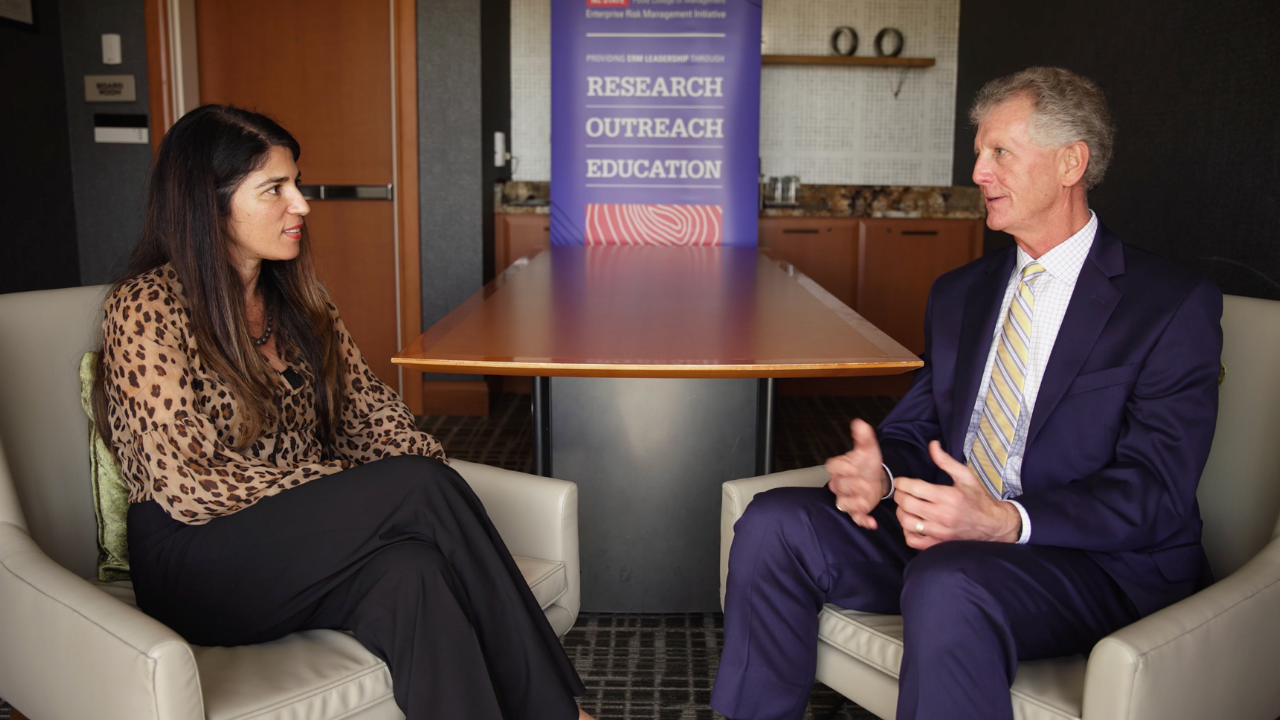Six Practices to Future-Proof Your Company
Article Summary
During the Covid-19 global pandemic, economic survival was the top priority for most businesses, making little room for decisions based on longer-term strategy. Now, as businesses rebuild, they are taking the opportunity to refocus on building technology-enabled workforces to future-proof their operations and give them a competitive advantage.
Part of a Harvard Business Review (HBR) spotlight series entitled, “Rebuilding Workforce,” “Future-Proofing Your Organization” focuses on how to prepare your team to stay ahead in the post-pandemic world.
The HBR article is based on research by Bain & Company involving more than 300 large firms across a multitude of sectors worldwide. The authors, Michael Mankins, Eric Garton and Dan Schwartz, identify a segment of companies from which others can learn to recover and future-proof through creating technology-enabled workforces.
The article outlines six practices for companies to follow:
- Think ahead when defining business-critical roles.
- Redefine what great looks like.
- Don’t cut back on management development.
- Tech up the HR function.
- Get people to engage with tech.
- Figure out what tomorrow’s stars want from you.
Practice #1: Think ahead when defining business-critical roles.
Expand your definition of “critical skills” as you integrate technology into your business.
According to Bain research, “fewer than 5 percent of an organization’s roles account for more than 95% of its ability to execute on its strategy and deliver results.” In other words, “not all jobs are equally important.” Companies must consider the skills that will be in highest demand in an increasingly tech-enabled future economy. For example, the HBR article notes that organizations might expand definitions of “critical skills” to include data analytical capabilities, given a desire to leverage existing computing power and available data.
Practice #2: Redefine what great looks like.
You must change your assumptions about what success looks like.
The future will be decidedly different from the present, so it should come as no surprise that traditional employee-assessment approaches aren’t helpful to companies struggling to identify future leaders.
Bain research found tech-enabled tools that leverage behavioral science to help companies identify talent to meet their future needs. Furthermore, coming out of a pandemic, successful companies are recruiting people who are comfortable with change. For example, the HBR article highlights an example of how organizations can apply behavioral testing and survey data to identify characteristics needed to be “great” in new roles and then use interactive recruiting tools to screen job applicants on those dimensions.
Practice #3: Don’t cut back on management development.
It’s cost-effective and strategically sound to upskill or reskilling your current workforce to fill critical capability gaps.
The HBR article authors assert that “More than 60 percent of a company’s future roles can be filled by current employees, assuming that adequate programs are in place.” Furthermore, they report reskilling is more cost effective than a “hire and fire” model for a few reasons:
- Direct severance costs from workforce reductions
- Indirect costs of morale damage from workforce reductions
- Direct and indirect expenses of recruiting new talent, especially in high-demand sectors
Many within an existing workforce are eager to be trained to embrace new skills, such as predictive analytics or to step from traditional roles into new digital roles allowing them to thrive in their new positions.
Practice #4: Tech up the HR function.
Adopting technology is mandatory to effectively and efficiently recruit, deploy, develop and retain talent.
A result of the Covid-10 pandemic is a dispersed virtual workforce. Most organizations have just scratched the surface of what’s possible. But, the “future of HR” includes significant cost savings and performance increases for those companies that are applying technology and big data across the spectrum of HR activities. The HBR article highlight an example of how one organization used big data and AI to identify characteristics of successful sales agents and incorporated those insights to create an AI-enable recruiting and interviewing tool to screen job applicants.
Practice #5: Get people to engage with tech.
Support people and technology working together in a coordinated way. The result: employees, customers and shareholders benefit.
“In times of crisis, it’s tempting for companies to slash training and development budgets. But that’s not a smart move,” assert the authors of “Future-Proofing Your Organization.” As companies become more reliant on technology like AI and big data, companies must not miss the crucial step of supporting their employees to not only use it, but to also comfortably coexist with it. The result: employees, customers and shareholders benefit. The HBR article notes that organizations may be able to engage employees to help “train” new AI-based models to support machines performing lower-value tasks so that employees can focus on more challenging and interesting, value-added tasks, which actually increases employee satisfaction.
Practice #6: Figure out what tomorrow’s stars want from you.
To attract and retain (the right) talent, go straight to the source and find out what employees need.
Remember when Millennials were the only employees screaming loudly to demand flexibility, diversity, autonomy and connection in the workplace? That’s not the case anymore. The Covid-19 pandemic has reignited those interests in the broader workforce. And, if that’s not enough to convince you to pay attention, the U.S. Bureau of Labor Statistics reports Millennials will comprise 75 percent of the workforce by 2030. For example, organizations may want to refocus their organization’s mission statement so that employees better understand the importance of their work to a broader goal than merely selling products or services.
The Bottom Line
“As companies rebuild their workforces in the aftermath of Covid-19, they must move into the digital age.” And, they must start future-proofing today.
Original Article Source: “Future-Proofing Your Organization”, Michael Mankins, Eric Garton, and Dan Schwartz, Harvard Business Review, Sept-Oct 2021


